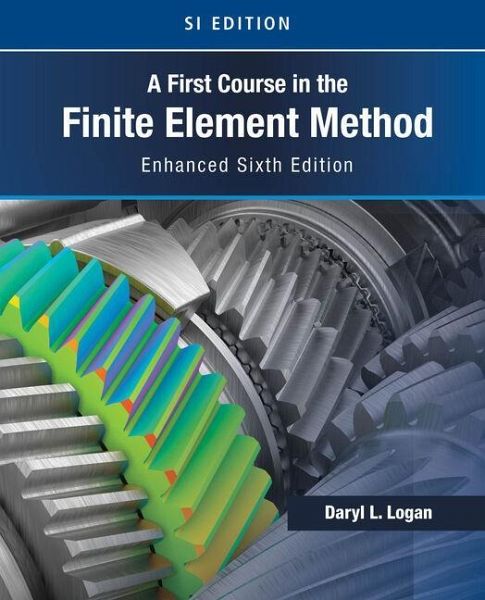
A First Course in the Finite Element Method, Enhanced Edition, SI Version
Versandkostenfrei!
Versandfertig in 2-4 Wochen
117,99 €
inkl. MwSt.

PAYBACK Punkte
59 °P sammeln!
Gain a clear understanding of the basics of the finite element method (FEM) with this simple, direct, contemporary approach in Logan's A FIRST COURSE IN THE FINITE ELEMENT METHOD, Enhanced 6th Edition, SI Version. This unique presentation is written so you can easily comprehend content without the usual prerequisites, such as structural analysis. This book is ideal, whether you are a civil or mechanical engineering student primarily interested in stress analysis and heat transfer, or you need a foundation for applying FEM as a tool in solving practical physical problems. New and expanded real-...
Gain a clear understanding of the basics of the finite element method (FEM) with this simple, direct, contemporary approach in Logan's A FIRST COURSE IN THE FINITE ELEMENT METHOD, Enhanced 6th Edition, SI Version. This unique presentation is written so you can easily comprehend content without the usual prerequisites, such as structural analysis. This book is ideal, whether you are a civil or mechanical engineering student primarily interested in stress analysis and heat transfer, or you need a foundation for applying FEM as a tool in solving practical physical problems. New and expanded real-world examples and problems demonstrate FEM applications in a variety of engineering and mathematical physics-related fields. Each chapter uses a consistent structure with step-by-step, worked-out examples, ideal for undergraduate or graduate-level study. A new WebAssign digital platform provides additional online resources to clarify concepts and assist you in completing assignments.


